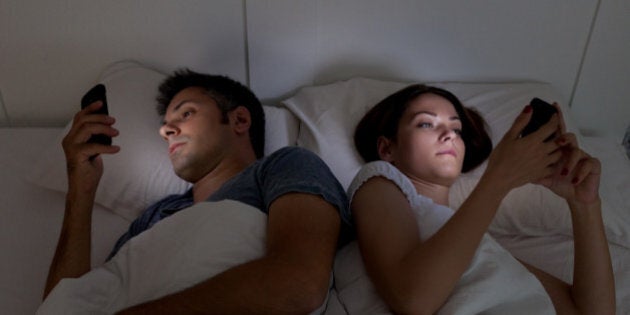
Sleep is that golden chain that ties health and our bodies together ~ Thomas Dekker
In our hyper-busy, super-scheduled lives, many people wish there were more hours in the day. Just as many long for more hours in the night.
Overall, we are sleeping less and going online more.
Sleep plays a crucial role in learning and development, and not just for children. Sleep serves as the downtime our brains need to sort and file the day's sensory and emotional experiences into the various storage systems around the brain. Downtime doesn't mean a lack of activity though, the brain in REM mode is buzzing.
Imagine that throughout the day your brain is bombarded with millions of pieces of information every second, whether that be from simple inputs like seeing that the bus is coming and navigating yourself onto it, or paying attention in a meeting, writing notes, having conversations with people, noticing facial expression or tones of voice, remembering action items, and actually actioning the action items.
When we sleep our brains put the rest of our autonomic bodily functions (like our heart rate) into slow motion and set to work on integrating the days information inputs - whether they be emotionally or cognitive loaded, and needing long-term storage, or trashing from memory collections less useful things like the green smoothie pictures you saw on Instagram.
Not enough sleep means not enough time to keep the brain files in metaphorical order. This has a flow-on effect in terms of our ability to use some of the higher order functions we tend to value from a productivity point of view. These are called 'executive functions' - and no you can't outsource them to an assistant - they are skills that are developed with practice and through the exertion of control and intention.
Sleep is the best meditation ~ The Dalai Lama
Preparing our brains for sleep is also important in improving the quality of our sleep.
Darkness tells your brain to go to sleep. A device that emits not only blue light but lots of squirts of dopamine to your brain, says 'wakey-wakey'!
The sun was our first alarm clock. When the sun came up, people woke up. Our brains haven't adapted the ability to differentiate between sunlight and light emitted from the smartphone when scrolling through Facebook.
Deep inside our brains is the suprachiasmatic nucleus, which operates a range of clocks, running a variety of rhythms across your body. They're triggered not just by light, but a cascade of hormones and chemicals which signal that it's time to 'clock on' for various functions of repair and recovery across your body's network. When one rhythm is disrupted it can impact others.
Using devices before bedtime not only sends confusing signals in the form of light, but the content of the visual stimulus also switches on neural networks which then wake up and co-opt conscious cognitive processes into action.
Rather than a spinning top, winding down and running out of energy - we are powering up our minds with huge inputs of sensory and cognitive information just when it's time to start the processes of tidying up the day's mental work.
Setting a Digital Sunset provides a space in which we can power-off and unplug our minds in preparation for sleep.
It's simple, set an alarm for 30 to 60 minutes before your ideal bed time, which means actually having a sleep schedule to begin with. You might find to begin with 20 minutes is a good start and as you wean yourself off your digital lullaby of choice you can extend the screen-free time before bed.
That's not to say you shouldn't do anything during this time. Reading a book has been a night-time pleasure for generations, and bedtime stories for kids are especially important positive habit forming rituals, but the important difference is not only the lack of blue-light but the continuity of information and visual focus required to read a long-form article (as opposed to attention-switching limited character posts).
Journalling the day's reflections, writing gratitude lists and the next day's 'to do' lists (or my preference a 'will do' catalogue of choices) helps the process of mental uncluttering and integration warm up.
Know what you want to do, hold the thought firmly, and do every day what should be done, and every sunset will see you that much nearer the goal. ~ Elbert Hubbard
My recent post on using flight mode more often is valuable here, switching onto flight mode prevents the intermittent interruptions of notifications bleeping and distracting you from a single focus. In this mode you can use your favourite meditation or relaxation app (my personal preference is Smiling Mind, a wonderful Australian resource that makes mindfulness accessible for all ages) or relaxing playlist without being sucked back into the world of likes, comments and LOLS.
Instead allow your lullaby to be a more mindful and cogitated one, with your mind slowly emptying and allowing sleep to drift in rather than a block button on the world being pressed.
This blog first appeared in November 2015.
And before you ask -- yes, there is even an app for it: Digital Sunset app. The banner image is of creations made using it!